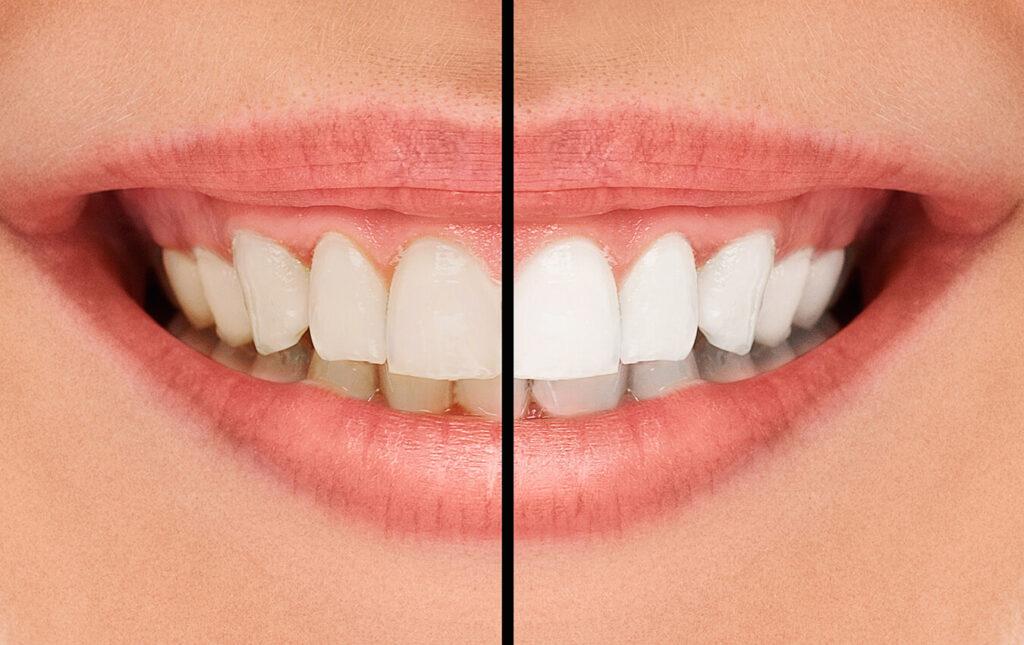
Benefits
• Facilitates immediate impressions for crown and bridge procedures
• Removes and reshapes loose, diseased gum tissue to get rid of pockets between the teeth and gums with minimal operative pain, this procedure being made without scalpel or sutures
• The outcome increases the length of the clinical crown for improved retention and esthetic harmony
Who is this procedure for?
Changing the gum tissue is an option when your teeth are too small, too short, and too wide or you think you have a „gummy” smile. By gingivectomy procedure your smile will be even more beautiful than before, only by changing the tissue. Gum contouring represents a quick way to a new smile, often shadowed by the “uneven” displeasing line of the teeth which can make some teeth appear too large or too small. The corrective procedure of gingivoplasty is the simplest cosmetic procedure through which the beautiful smile is just at one step distance. This procedure involves the reshaping of gingival deformities to improve form and function.
Who should not consider this procedure?
In the case of gingivoplasty, healing is rapid and complications few. Gingivoplasty do not require flaps or sutures and while these procedures may seem stressful, patients in good health can be expected to cope with them well. Still, patients under medical treatment or suffering from certain blood disease should consider the doctor’s advice before taking this option into consideration.
What happens before the procedure?
As gingivoplasty is mainly a cosmetic procedure, quite easy and quickly done, one shouldn’t ignore the implications it might have upon his/her body. Thus, in a pre-procedure appointment, you will be informed about every step of the procedure, your gums will be inspected in order to establish the “trimming” line, to assure an aesthetic contour of teeth. Procedures of doing gingivoplasty will be presented to you and then the best procedure will be chosen: periodontal knife, scalpel or electrosurgery.
What happens during the procedure?
Gingivoplasty procedures are usually done with local anesthetics. There are usually three steps to follow: first, a periodontal probe is used to measure and mark pocket depth, followed by marking of the beveled incision with a scalpel blade or electrosurgery. By electrosurgery the gum tissues in excess are cut, the irregularities reshaped and the unattractive gums contoured. In the same time, electrosurgery equipment minimizes bleeding and finally the end result of the procedure finishes in the scalloped border of the normal gingival that has been recreated.
What happens after the procedure?
Healing after gingivoplasty is very quick. Optimal plaque control is required for healing so brush daily as recommended by your dentist to avoid any stray debris and bacteria that could cause irritation or infection. As gums heal, less sensitivity to hot or cold drinks and food items is noticed. Moreover, the roots of your teeth will be further protected against tooth decay. To heal completely, a couple of weeks must pass but once your gum removal surgery has healed, you should notice how much more natural this area looks.

